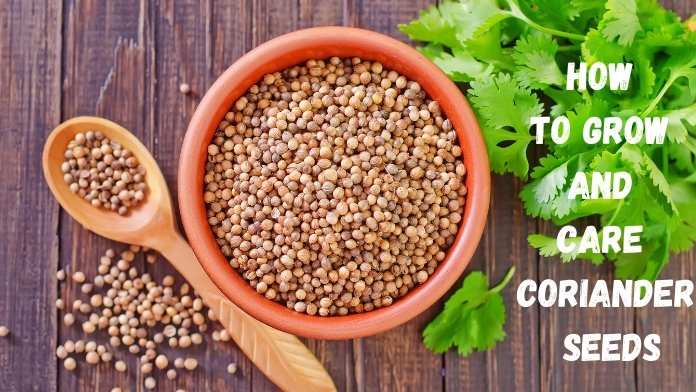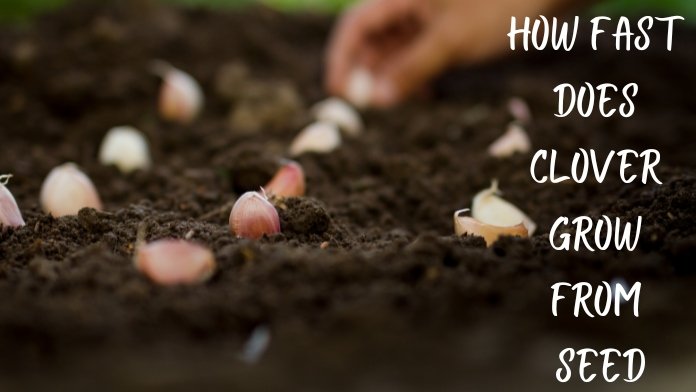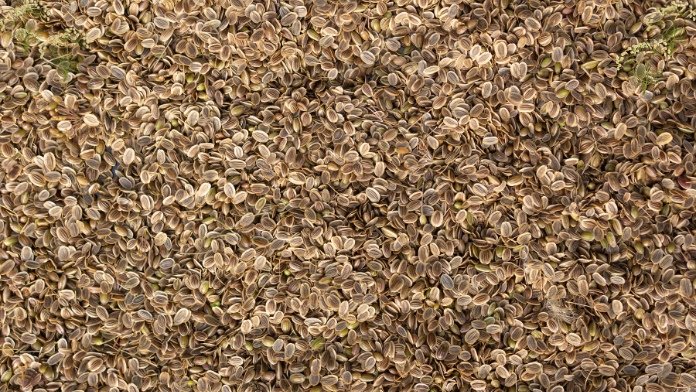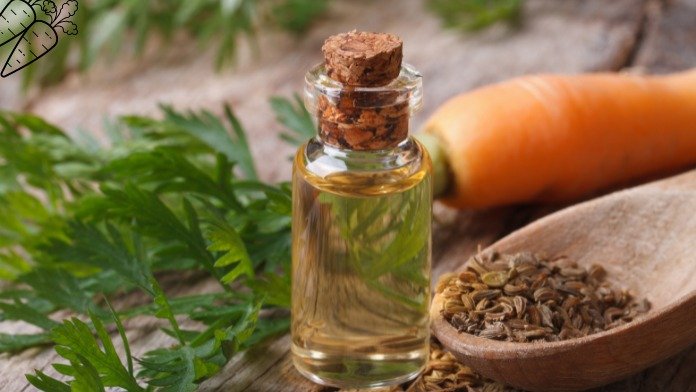Coriander seeds are tiny, round, light brown seeds that come from the coriander plant, also known as Coriander sativum.
This seed is widely used in cooking, especially in Southern European cuisine and Indian cuisine. In this article, we’ll explore the benefits of coriander seeds, how to grow and care for them, and what to do if you need a substitute. Let’s dive into it!
What are coriander seeds?
Coriander seeds are the dried seeds of the coriander plant, which is native to the Mediterranean and southern Europe. These seeds are often used in dried form, giving them a warm, nutty, citrus flavor that enhances many dishes.
But how exactly does coriander seed taste? They have a lemony flavor with a hint of sweetness, making them a popular ingredient in garam masalas and Indian curries.
Benefits of Coriander Seeds
Coriander seeds, whether used whole or ground, offer a variety of health benefits. Here are some significant advantages of coriander seeds:
Aids digestion
Dried coriander seeds can improve digestion and reduce bloating, making them ideal for relieving upset stomachs.
Good for heart
Regular consumption of coriander seeds can help reduce harmful cholesterol levels, which is beneficial for heart health.
Regulates Blood Sugar
If you have high blood sugar, coriander seeds help in controlling it.
Rich in antioxidants
Coriander seeds contain antioxidants that protect the body from harmful free radicals.
Fights Infections
The seeds have antibacterial properties, which help fight infections.
How to grow and care for coriander seeds
Growing coriander seeds at home is easy, whether you plant them outdoors or in containers.
Here’s a handy guide to help you grow your cilantro plant:
Choose the right location.
Cilantro plants thrive in sunny locations, so find an area with plenty of sunlight.
Prepare the soil
Cilantro likes loose, well-drained soil. You can improve the soil by adding fertilizers.
Plant the seeds
Sow dry seeds about 1/4 inch deep into the soil. Space them about 6 inches apart to give them room to grow.
Water the plants
Water the seeds lightly after planting. Keep the soil moist but not waterlogged.
Plant care
Water the plants once a week and make sure they get enough sunlight. They will grow best in mild temperatures.
Collecting the seeds
Once the cilantro plant blooms and the flowers turn brown, it is time to collect the seeds. Cut off the flower heads and place them in a paper bag. After a few days, the seeds will dry and fall off, ready for use.
How do coriander seeds taste?
Coriander seeds have a distinct flavor that is warm, citrusy, and slightly spicy, with a hint of sweetness. This unique flavor makes them a staple in many cuisines, especially garam masala and Indian curries. When ground, they become a versatile spice that can be used in both sweet and savory dishes.
How to harvest coriander seeds
Collecting coriander seeds is a simple and rewarding process. Here’s how you can do it:
Cut flower heads: Use scissors to cut dry flower heads from coriander plants.
Please put them in a bag: Place the flower heads in a paper bag and let them dry for a few days.
Collect the seeds: When the flower heads are completely dry, shake the bag gently. Dried coriander seeds will fall easily and are ready to use in your favorite recipes.
Substitute for coriander seeds
If you run out of coriander seeds, there are several substitutes for coriander seeds that you can use in your recipes:
Cumin seeds: Cumin seeds have a similar warm, earthy flavor and can be a good substitute in many dishes.
Caraway seeds: These seeds impart a sweet and spicy flavor, making them a perfect substitute for coriander seeds in specific recipes.
Fennel seeds: Fennel seeds have a licorice-like flavor and can be used as a substitute in some dishes, especially masalas and Indian curries.
Substitute for coriander seeds
Do you need a coriander seed substitute? Here are some of your options:
Ground Cilantro: If you don’t have whole coriander seeds, ground cilantro is a great substitute. It has the same flavor profile and is easy to use.
Cumin Powder: Cumin powder provides a similar warm, nutty flavor, making it an excellent alternative to coriander seeds.
Fresh coriander leaves: If you are looking for a fresh taste, you can use fresh coriander leaves, also known as coriander. Although the taste is a little different, it works well in salads and garnishes.
How to use coriander seeds in cooking
Coriander seeds are incredibly versatile and can be used in a variety of dishes. Here are some ideas:
In soups: Add a teaspoon of crushed coriander seeds for a warm, citrus flavor.
In curries: Coriander seeds are essential in many Indian curries as they add depth and richness to the dish.
In baked goods: Stir cilantro into bread or crackers for a unique flavor boost.
In a spice blend: Combine coriander seeds with other spices like cumin, turmeric, and chili powder to create a homemade spice blend that is perfect for seasoning meats and vegetables.
Interesting facts about coriander seeds
Two in one: Did you know that coriander seeds and fresh coriander leaves come from the same plant, Coriander sativum?
Ancient Spice: Coriander seeds have been used in cooking for thousands of years, and evidence of this has been found in ancient Egyptian tombs.
Skin Benefits: Some people use coriander seed water as a natural remedy for clear skin.
How to store coriander seeds
To keep coriander seeds fresh and full of flavor, store them in an airtight container in a cool, dry place. If stored properly, they can last up to a year without losing their potency.
How to Grow Coriander Seeds Indoors
Even if you don’t have a garden, you can grow coriander seeds indoors. Here’s how:
Use a pot: Choose a pot with drainage holes and fill it with good-quality soil.
Plant the seeds: Sow dry seeds about 1/4 inch deep into the soil.
Please keep them in a sunny spot: Place the container in a sunny spot, such as a windowsill.
Water regularly: Keep the soil moist but not wet. Water the seeds regularly, and within a few weeks, your cilantro plant will start to grow.
Why you should try coriander seeds
Coriander seeds are an excellent spice to have in your kitchen. They add a unique flavor to your food, especially masalas and Indian curries, and have many health benefits. Whether you use dried coriander seeds in your kitchen or grow them at home, you’ll appreciate their unique flavor and versatility.
Conclusion
Coriander seeds, the dried seeds of the Coriander sativum plant, are small but mighty. They offer a unique flavor that is perfect for a variety of dishes, from soups to curries and even baked goods. Plus, they’re easy to grow at home, which makes it easy to always have fresh cilantro seeds on hand.
RELATED POSTS
View all



